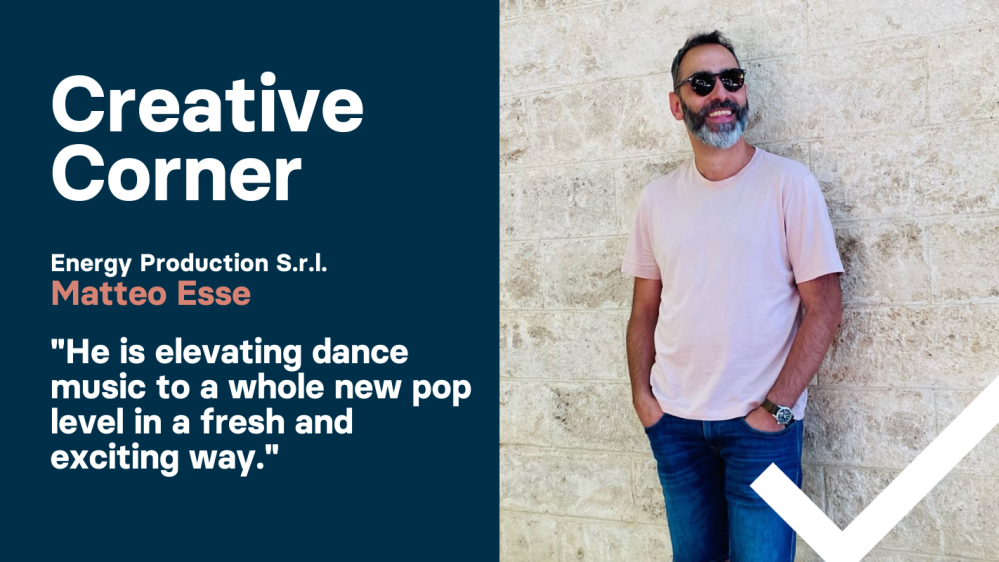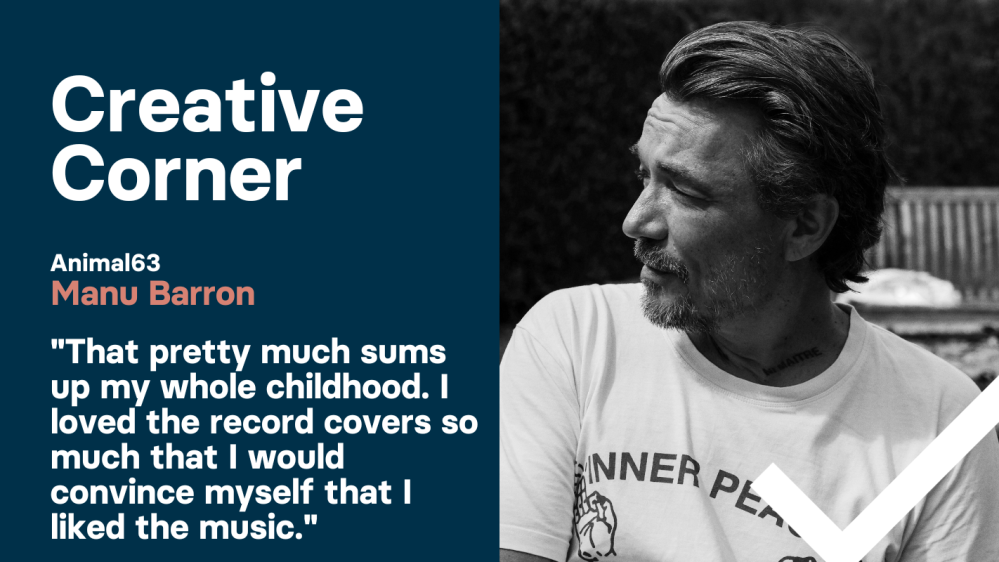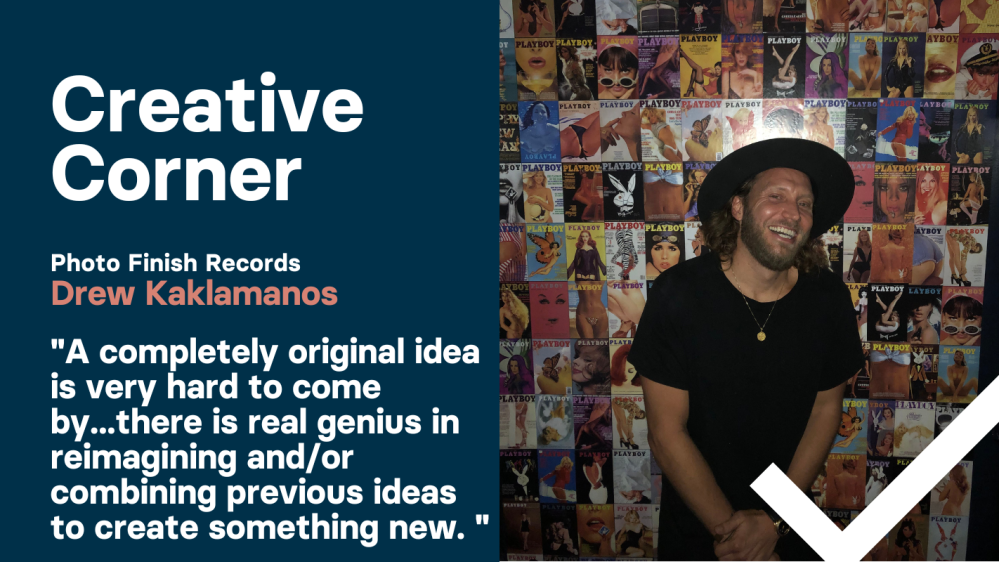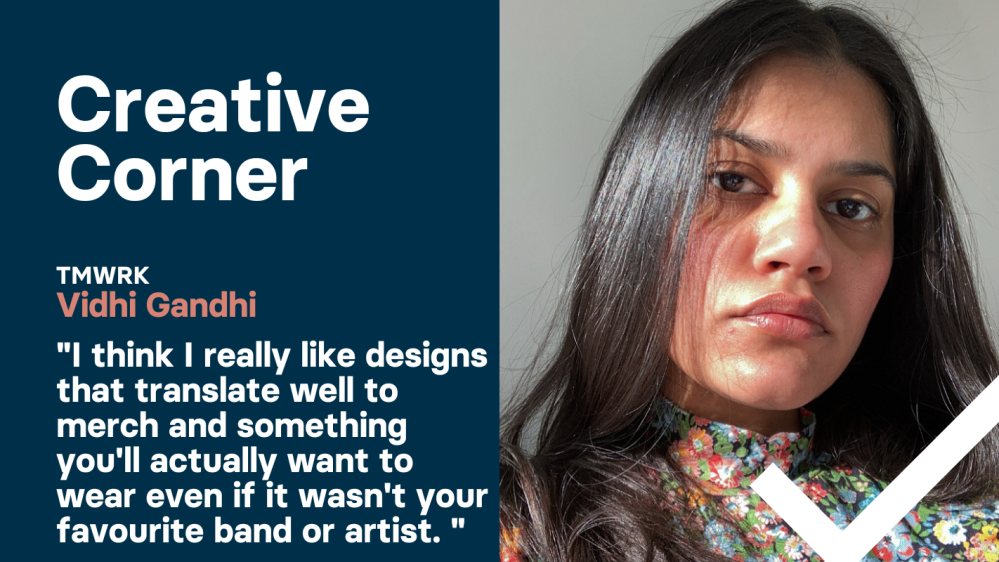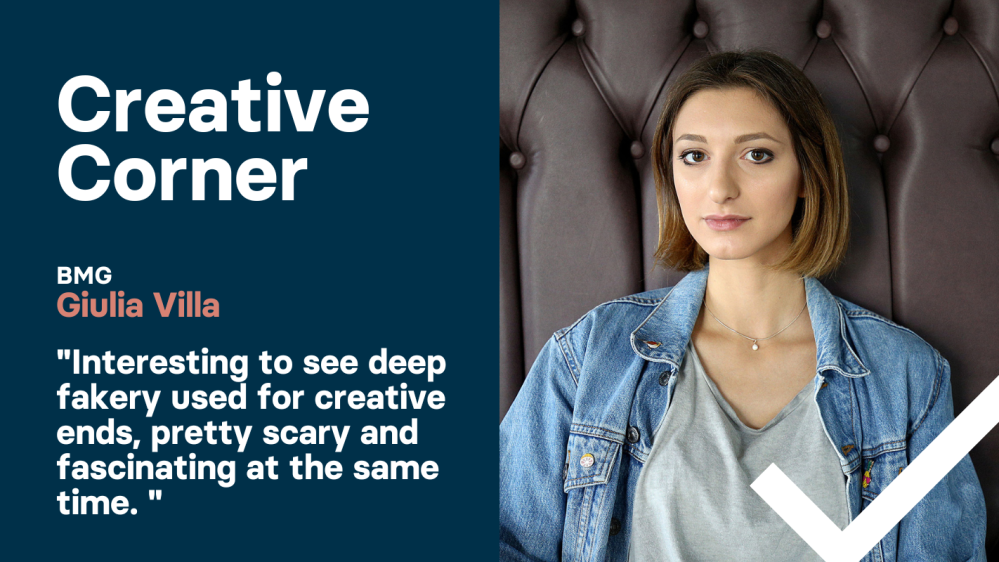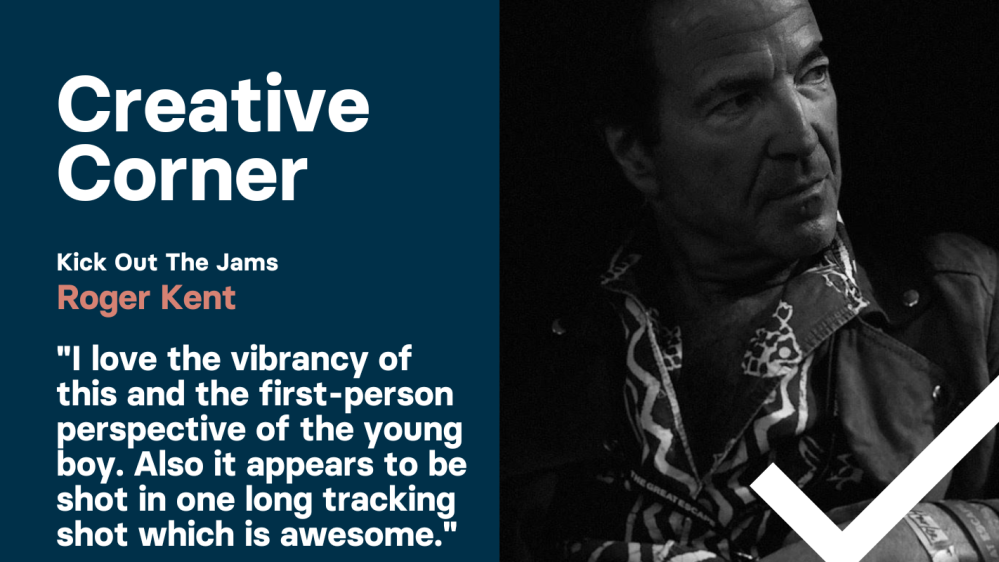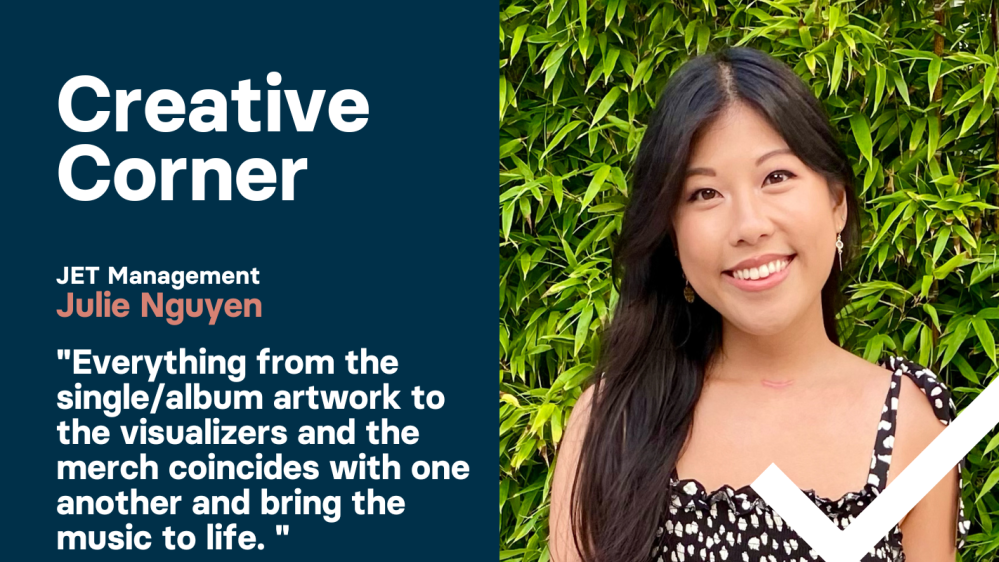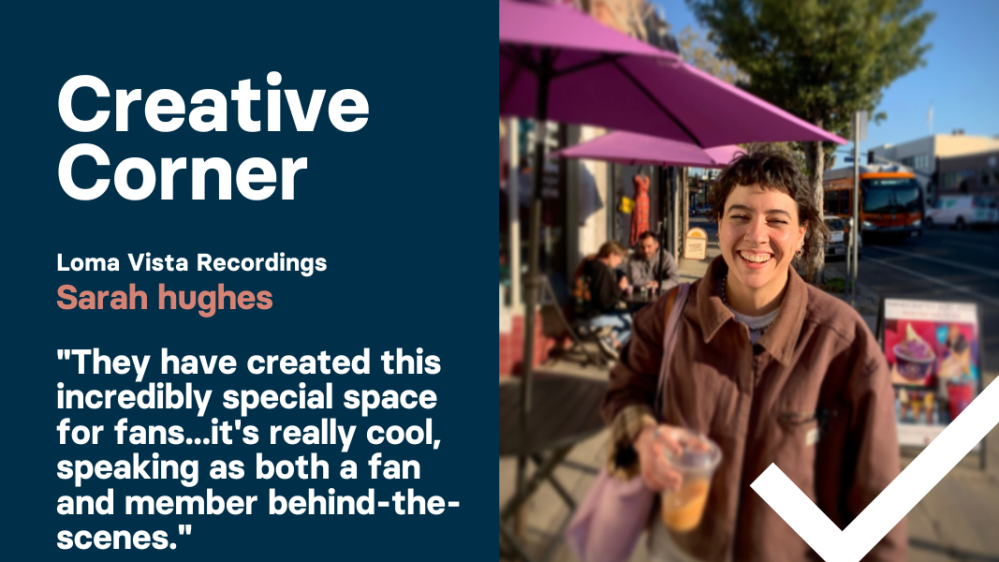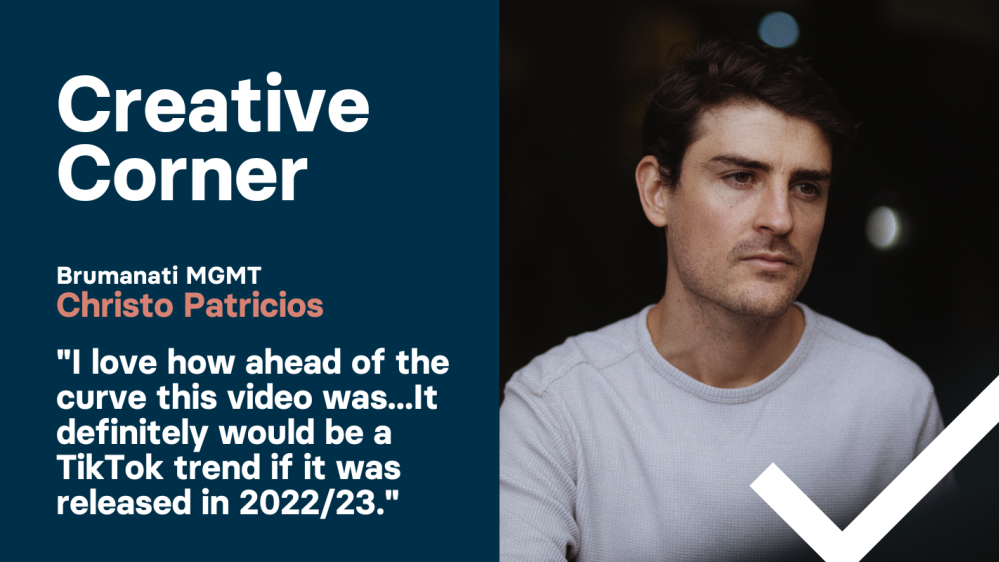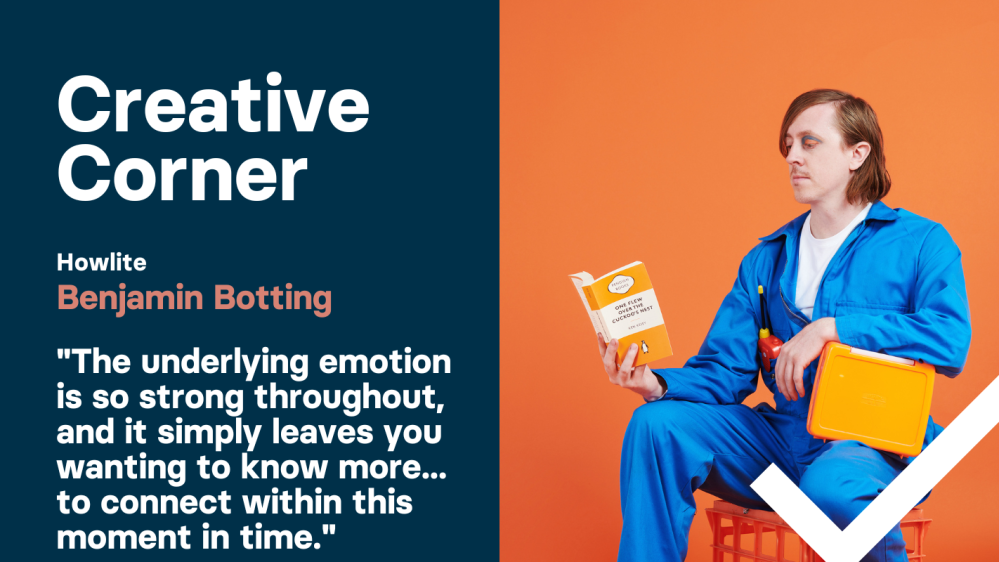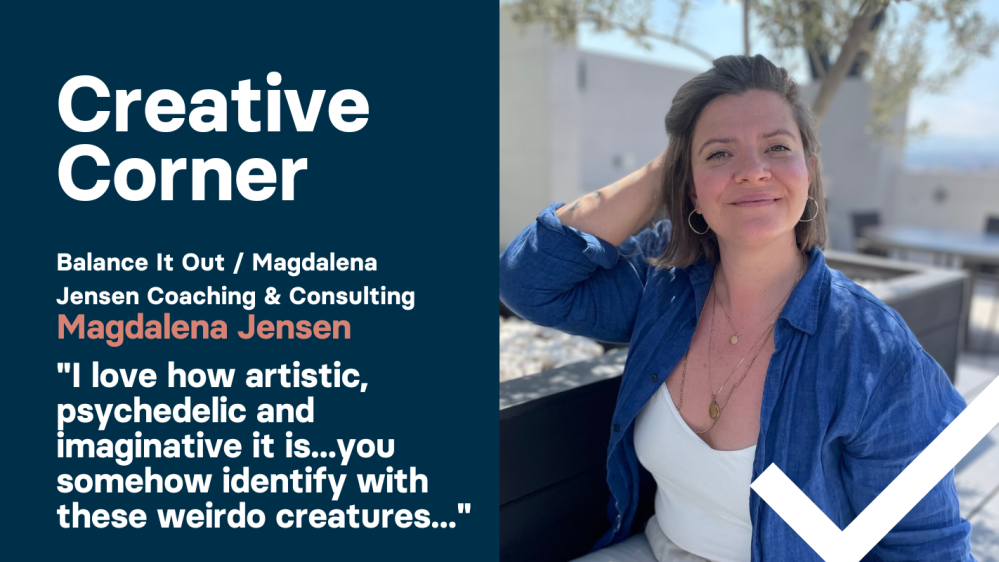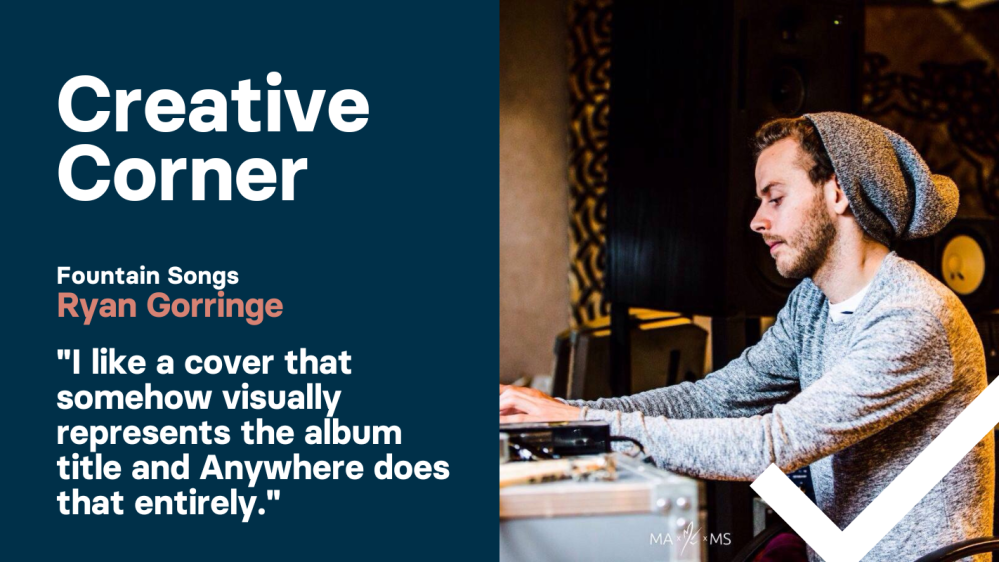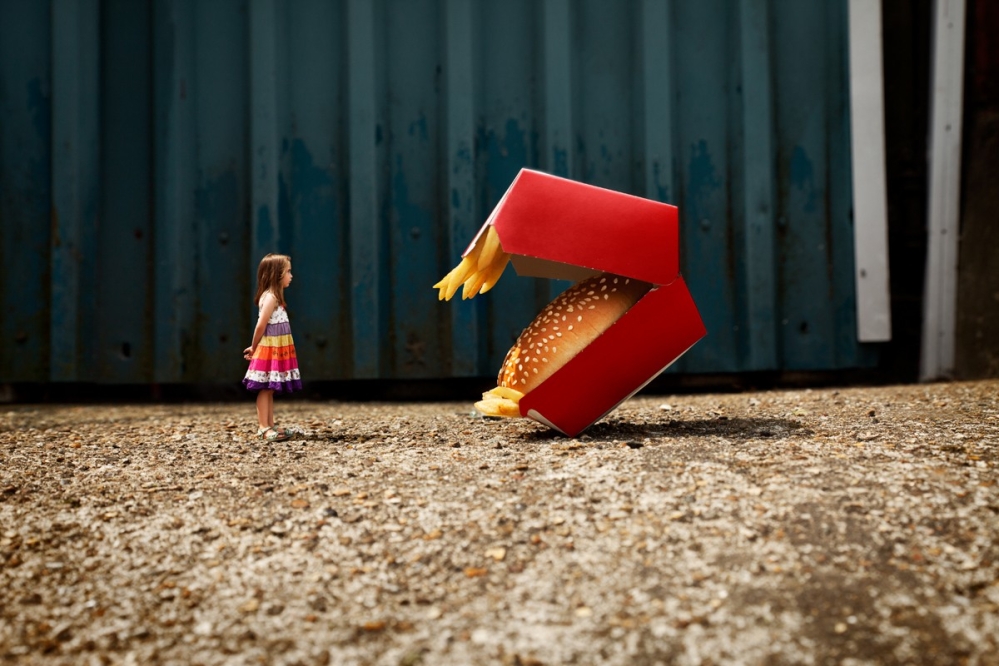
Franck Allais is a French photographer based in London. His work has two orientations. CC's Ashley Moore finds out more...
Franck Allais is a French photographer based in London. His work has two orientations. The groundwork comes from commissions based within advertising and editorial for the likes of the Guardian Weekend, GQ, Glamour and House and Garden. This opus tends to stem from still life, employing the use of figurines, toys and household items to convey or imply the message. The imagery is spatial and reflects domestic compositions that engage “visual references”.




'Femininity juxtaposed with the harshness of the city'
The second is a more personal art-based photography that Franck informs me is based on the street with people as the focal point. ‘Subverting the City’ where Franck “reconstructs” images of men in central London with the legs of women, incorporates the use of femininity juxtaposed with the harshness of the city.
Another personal project is ‘The Weight of Words’, where typography is lifted from its habitual constraints - haulage vans for example - and left within the time and space where the photo had taken place.
All images © Franck Allais
But Franck is from more humble beginnings than a sought after photographer in the City of London. His family own a farm towards the west of Paris where he spent his early years. For him there was no formal photographic education but his obsession with the viewfinder - or what he refers to as the ‘rectangle’ - made him yearn for further aesthetic experiences and new ways of seeing. The dialogue between what he is trying to portray, and what the camera renders, is what grabs his attention so vividly. Weakness or the unexpected is a main facet of Franck’s oeuvre. “It’s what makes the tension,” he explained, “if you start to use what’s in balance, to try and use the weakness and what is hidden, to make that part of the composition, is what makes the photograph enticing. If you don't have weaknesses,the image can be sterile and anti in a way.”
Franck’s personal photography converges his study of people and the framework of the street. With Seven Sisters in North London his home, this is where a lot of his work is shot. He is interested in “challenging” what his eyes see on a day to day basis, adding good advice for those who are starting out in photography to look beyond the first image to “delve deeper into that space.” In some ways Franck is also a story teller, imagining people’s stories to “develop” his idea of their backgrounds, steering clear of “cliche’s and categorisation.”
In ‘Subverting the City’ Franck elucidated this particular series deconstructed images and translated them into different forms. “I was interested in the city, the colour, the scent. I had this vision of a woman, a bit like a butterfly, weaving through the men. The women are the only ones with colour, everything is grey and black for men.” This juxtaposition led him wanting to destroy the image, “maybe not destroy, but change the order,” resulting in combining the images in an abject fashion.
Although Franck has been pushing to get his personal work into a gallery, his commercial work is still a major part of his praxis.
“[Commissions] are interesting and challenging at the same time, it’s lovely to work with other people. It’s satisfying to be asked and believed that you can do something.” Franck has recently been commissioned to do the front cover for the Guardian Weekend, which displays a series of androgynous baby dolls with the title: ‘Boy. Girl. What if you’re born both?’ Again his work, whether coincidence or not, touches on gender theory.
'The cover is really interesting because it has to be very graphic, there can't be too much ambiguity'
But more importantly Franck sees this as a good way to move into the music industry. He believes there is more “creativity” to be had and would employ his trained eye to do album artwork. “The cover is really interesting because it has to be very graphic, there can't be too much ambiguity. The audiences eyes have to focus on the image straight away, there has to be a strong message,” he explained. He also added if he was to take an portrait of a particular musical figure it would have to be Serge Gainsbourg. “His body, his physical appearance. When you see a picture of when he was young, there is something really interesting about his image. There is so much life around him and his music is very theatrical too.”
Franck’s work is vivacious and subliminally provocative. His well trained gaze takes what we see in the everyday and deconstructs, changes the order and translates into a different set of visual references. We take these with us and question our habitual ceremonies. For now he is focusing on getting his work noticed and his message understood. I'm sure we will see more covers and editorial in the future, but where he would really like to apply his craft, would be hung on a white wall within a white cube.
